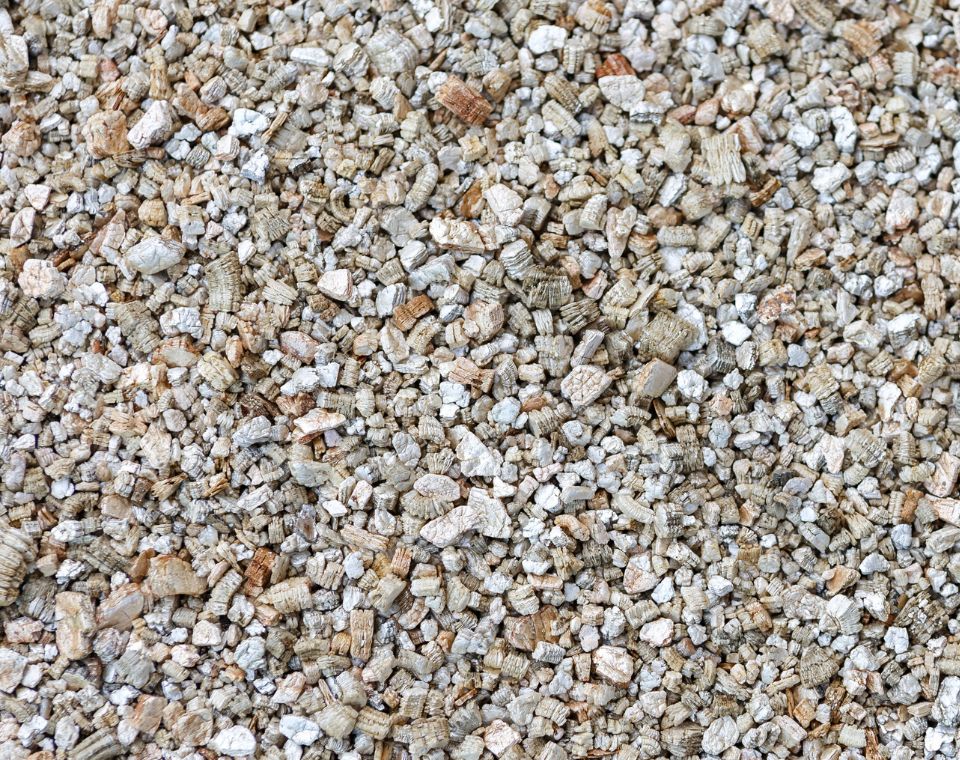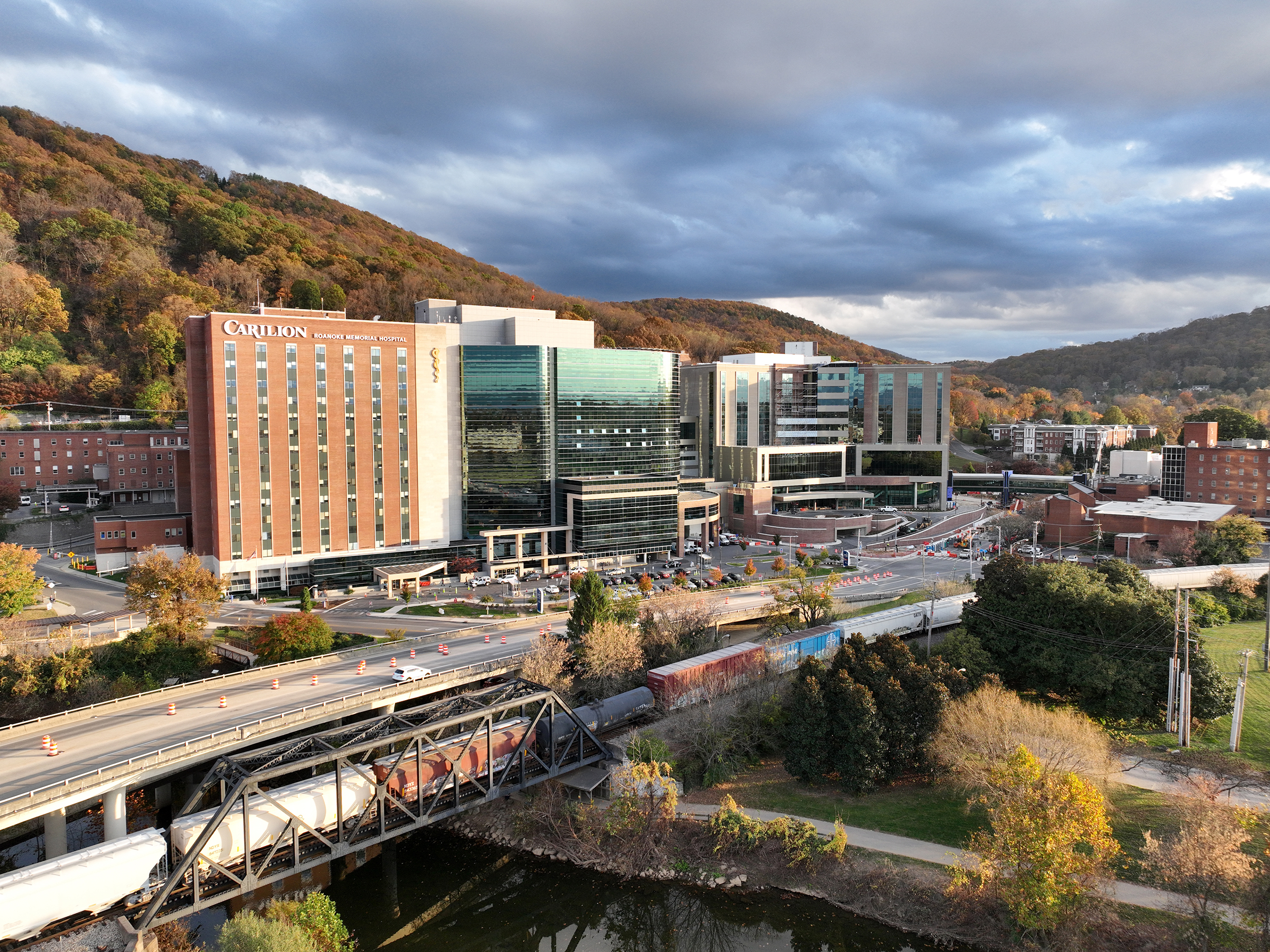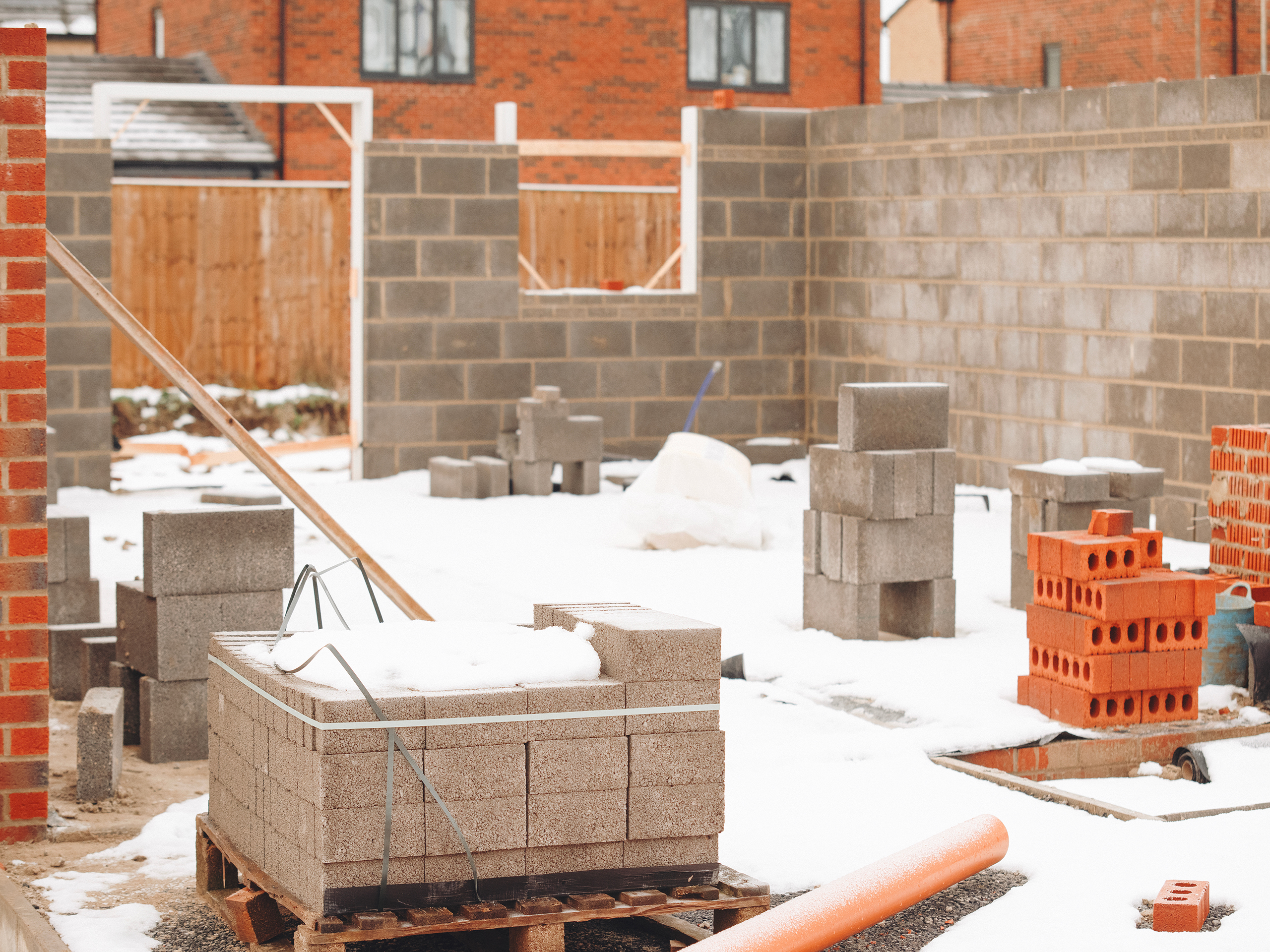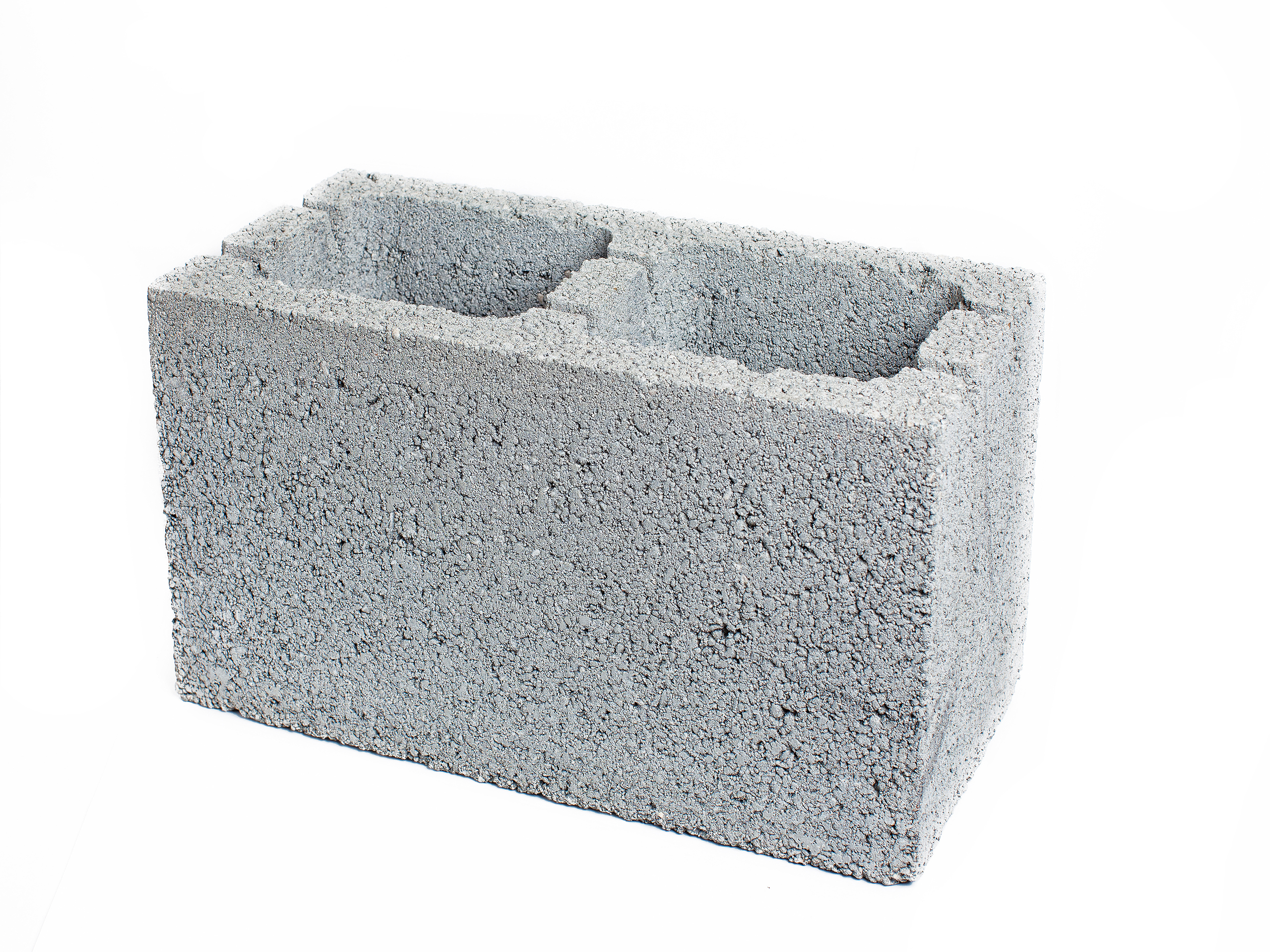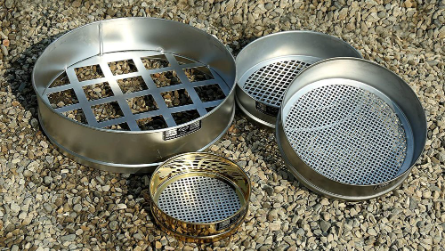
The aphorism “All that glitters is not gold” is a timeless piece of wisdom that continues to resonate across generations. While it’s commonly associated with William Shakespeare’s play “The Merchant of Venice” as “All that glisters is not gold,” the concept predates Shakespeare’s time and has been expressed in various forms throughout history. Vermiculite mined from the W.R. Grace mine near Libby, MT, is a poignant illustration of this saying.
Vermiculite, with its shimmering appearance, might be mistaken for something precious or valuable at first glance. However, the reality is far from glamorous. The vermiculite from the Montana mine was contaminated with Tremolite and Actinolite asbestos, a toxic substance linked to serious health risks, such as lung disease and cancer.
Vermiculite is a mineral, very similar in appearance and some properties to the mica minerals. Technically, it is a hydrated magnesium-aluminum-iron-silicate. Vermiculite can appear from black to shades of brown, but is most often observed to be gold or silver in color. The crystal structure of this mineral contains water molecules, and that is one of the unique properties that makes it valuable. When vermiculite flakes are heated to a temperature of 900 degrees Celsius or higher the water molecules contained within the crystal structure flash steam and the mineral expands from eight to 20 times its original size. Check it out for yourself here: https://www.youtube.com/watch?v=Q_KNeauZZ2M. The mineral name is derived from the Latin vermiculare, which means “to breed worms,” with the English suffix “ite” for rock/mineral.
This ability to expand significantly when heated makes vermiculite valuable for various industrial and commercial applications, including insulation, horticulture, and lightweight construction materials. In gardening, its ability to absorb water and nutrients, together with its lightweight nature, make it an excellent soil additive. It helps improve soil structure, retain moisture, and provide aeration to plant roots. This makes it particularly beneficial for plant propagation and for cultivating moisture-loving plants. Its biodegradable properties make it an environmentally friendly alternative to Styrofoam in packaging applications. In construction, vermiculite is still used as an insulating material due to its thermal properties.
So you may be asking yourself at this point, “Why the tarnished reputation for this versatile mineral?” It boils down to one simple fact: where did the vermiculite come from? Because if it originated from the now shuttered mine located near Libby, it is almost certain that the vermiculite is contaminated with asbestos. Although the mine was finally shut down in the early 1990s, it is estimated that the product that was mined, manufactured, and packaged under the brand name Zonolite represented about 70% of the vermiculite that was used throughout the United States from the period between 1925 and 1985.
Asbestos is a term that encompasses six different minerals that occur naturally in a fibrous state. These minerals: Chrysotile, Amosite, Crocidolite, Anthophyllite, Actinolite, and Tremolite, are recognized as asbestos by regulatory agencies such as the United States (U.S.) Department of Labor and Industry Occupational Safety and Health Administration (OSHA) and the U.S. Environmental Protection Agency (EPA). All forms of asbestos are known carcinogens and can lead to various diseases affecting the pulmonary system when inhaled. Therefore, any vermiculite that originated from the Montana mine is likely contaminated with asbestos, posing potential health risks to exposed individuals.
In the home, vermiculite is most often found in attics where it was used as an insulation. The EPA has advice for homeowners on their website for vermiculite: leave it alone. However, knowledge is power, so if vermiculite is present as an attic insulation, testing for asbestos could be warranted. Homeowners should understand that both the sample collection and the laboratory analysis is more complex than for most building materials. Consulting an expert is advised. The EPA also has a section of their website dedicated to informing the public about vermiculite that can be accessed at this URL: https://www.epa. gov/asbestos/protect-your-family-asbestos-contaminated-vermiculite-insulation.
In commercial buildings, vermiculite is most often encountered within the cells of concrete masonry unit (CMU) walls, which are usually only exterior. Most architects, engineers, property managers, and general contractors are aware of the requirement to test building materials for asbestos prior to renovation and/ or demolition. Testing for vermiculite in CMU block walls is difficult and is not often performed during a standard asbestos inspection. Unexpectedly encountering vermiculite during a renovation or demolition can cause delays and additional costs if the material tests positive for asbestos. Prior to any demolition, exterior walls composed of CMU block should be investigated for the presence of vermiculite and tested for asbestos if it is detected. For a renovation, if there is any possibility that an exterior CMU wall will be breached, the walls should be tested for vermiculite.
It’s important to emphasize that vermiculite that is packaged and sold as a soil additive today is unlikely to contain asbestos. The same goes for vermiculite being used as a packing material. However, it’s crucial to acknowledge the significant challenges faced by miners and residents in places like Libby, MT, who suffered from asbestos exposure. The owners and operators of vermiculite mines, as well as manufacturers of vermiculite-related products, are acutely aware of the tragedy that unfolded in Libby. Everyone involved is committed to preventing such a catastrophe from ever happening again.
U.S. Department of Health and Human Services Agency for Toxic Substances and Disease Registry Division of Health Assessment and Consultation – “Summary Report – Exposure to Asbestos-Containing Vermiculite from Libby, Montana, at 28 Processing Sites in the United States”-October 29, 2008
United States Environmental Protection Agency-Superfund Site-Libby Asbestos Site, Libby, Montana
https://cumulis.epa.gov/supercpad/cursites/csitinfo.cfm?id=0801744
No Sweat Shakespeare-Shakespeare Quotes-Famous Shakespeare Quotes-All That Glitters is Not Gold, Meaning
https://nosweatshakespeare.com/quotes/famous/all-that-glitters-is-not-gold/
Palmetto Vermiculite-Vermiculite Expansion
https://www.youtube.com/watch?v=Q_KNeauZZ2M
United States Geologic Survey – Publication of an Organization Other than the U.S. Geological Survey – American Geological Institute 2014
[https://pubs.usgs.gov/ publication/70144435#:~:text=Vermiculite%20comprises%20a%20group%20of,%2C%20 chlorite%2C%20olivine%20and%20pyroxene]
GardenersWorld.com BBC Gardeners’ World Magazine-Vermiculite: main uses, February 26, 2021
[https://www.gardenersworld.com/how-to/grow-plants/how-to-use-vermiculite/]

